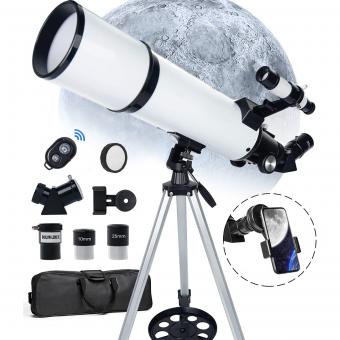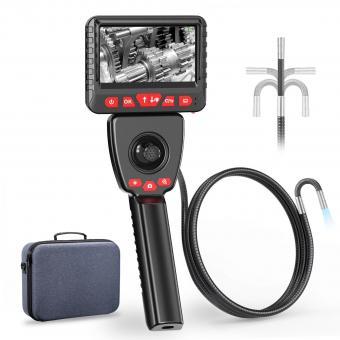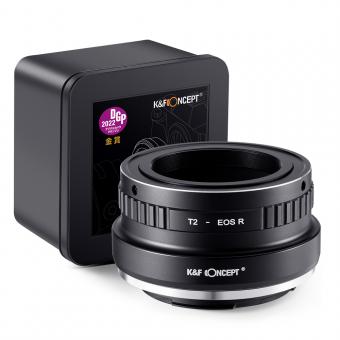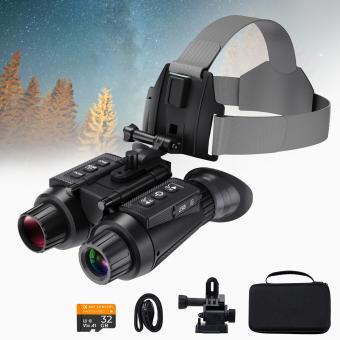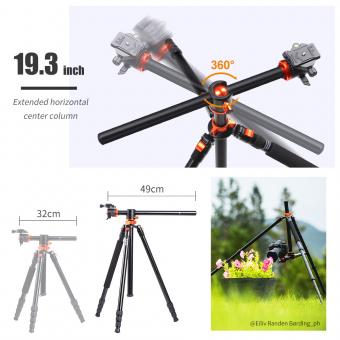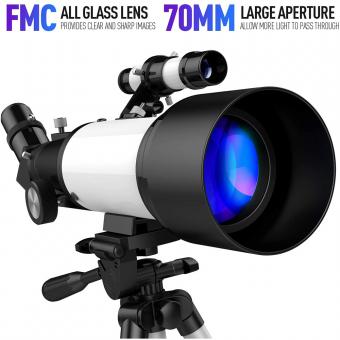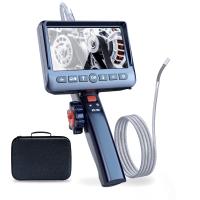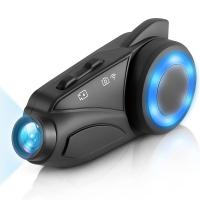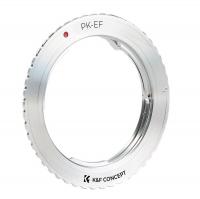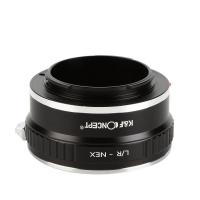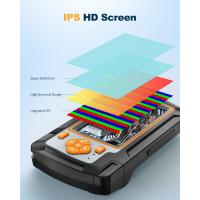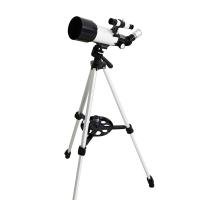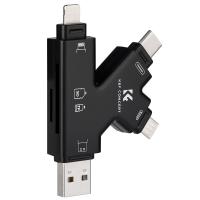What Telescope Should I Buy ?
The choice of telescope depends on your specific needs and preferences. Some popular options for beginners include the Celestron NexStar 130SLT, Orion SkyQuest XT8, and Meade Instruments Infinity 102mm. It is important to consider factors such as your budget, intended use (e.g., stargazing, astrophotography), portability, and level of experience. Researching different models, reading reviews, and seeking advice from experienced astronomers can help you make an informed decision.
1、 Refractor telescopes: Pros and cons of this popular telescope type.
Refractor telescopes have long been a popular choice among amateur astronomers due to their simplicity and versatility. These telescopes use a lens to gather and focus light, providing clear and sharp images of celestial objects. However, it is important to consider the pros and cons before deciding if a refractor telescope is the right choice for you.
One of the main advantages of refractor telescopes is their low maintenance. Unlike other types of telescopes, refractors do not require regular collimation (alignment of optical elements) and are generally more durable. They are also great for observing terrestrial objects, making them suitable for birdwatching or other daytime activities.
Refractor telescopes are known for their excellent image quality, especially when it comes to observing planets and the Moon. They produce high contrast images with minimal chromatic aberration, thanks to the use of multiple lenses. This makes them ideal for astrophotography, as they can capture fine details and produce stunning images.
However, there are a few drawbacks to consider. One is the cost. Refractor telescopes tend to be more expensive compared to other types, especially when larger apertures are desired. Additionally, they have a limited field of view, which can make it challenging to observe large objects such as galaxies or nebulae.
In recent years, advancements in technology have led to the development of new types of telescopes, such as compound telescopes (also known as catadioptric telescopes), which combine lenses and mirrors to offer a more compact design and wider field of view. These telescopes have gained popularity among amateur astronomers due to their versatility and portability.
Ultimately, the choice of telescope depends on your specific needs and preferences. If you prioritize image quality, simplicity, and durability, a refractor telescope may be the right choice for you. However, if you are looking for a more affordable option with a wider field of view, you may want to consider other types of telescopes such as compound telescopes. It is always recommended to do thorough research and seek advice from experienced astronomers before making a purchase.
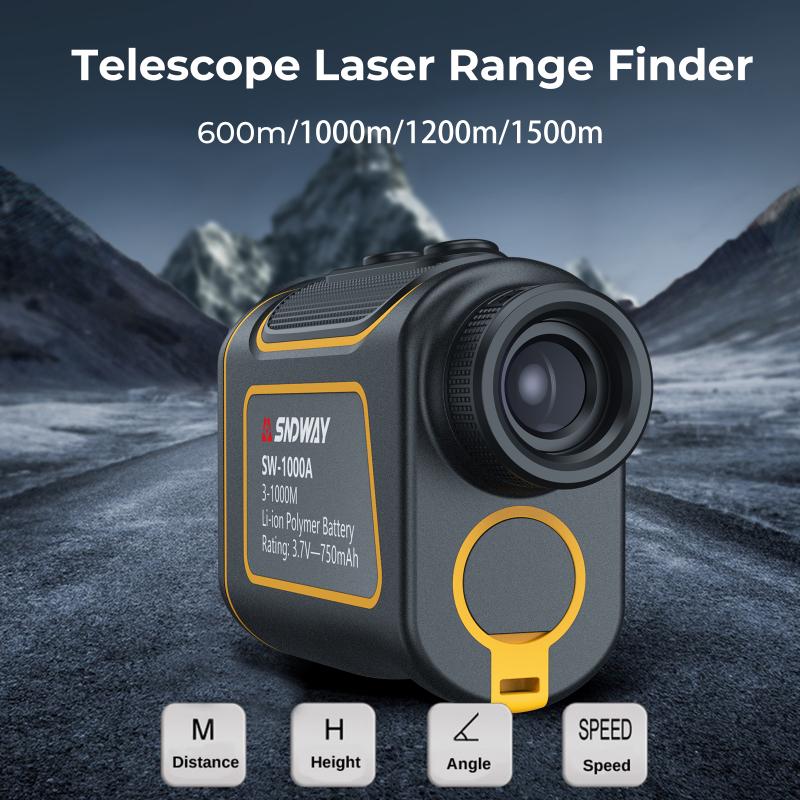
2、 Reflecting telescopes: Advantages and disadvantages of using a reflecting telescope.
Reflecting telescopes have been a popular choice among astronomers for centuries due to their numerous advantages. One of the main advantages of using a reflecting telescope is its ability to gather more light compared to other types of telescopes. This is because reflecting telescopes use a curved mirror to collect and focus light, allowing for a larger aperture and therefore more light-gathering power. This makes them ideal for observing faint and distant objects in the night sky.
Another advantage of reflecting telescopes is their versatility. They can be designed with various focal lengths and can accommodate different types of eyepieces, allowing for a wide range of magnification options. Additionally, reflecting telescopes are generally more compact and portable compared to their refracting counterparts, making them easier to transport and set up.
Reflecting telescopes also tend to be more cost-effective than refracting telescopes of similar aperture. This is because the manufacturing process for mirrors is less expensive than that of lenses, making reflecting telescopes a more affordable option for amateur astronomers.
However, reflecting telescopes do have some disadvantages. One of the main drawbacks is the need for regular maintenance and collimation. The mirrors in reflecting telescopes can become misaligned over time, affecting the quality of the images produced. Regular collimation, or alignment, is necessary to ensure optimal performance.
Another disadvantage is the presence of a central obstruction caused by the secondary mirror, which can reduce the contrast and resolution of the images. However, modern designs have minimized this issue, and it is less of a concern with newer models.
In conclusion, reflecting telescopes offer numerous advantages such as superior light-gathering power, versatility, and affordability. While they do require regular maintenance and may have a central obstruction, these drawbacks can be mitigated with proper care and the use of modern designs. Ultimately, the choice of telescope depends on individual preferences, budget, and specific observing needs. It is recommended to research and consult with experienced astronomers or telescope experts to determine the best telescope for your requirements.
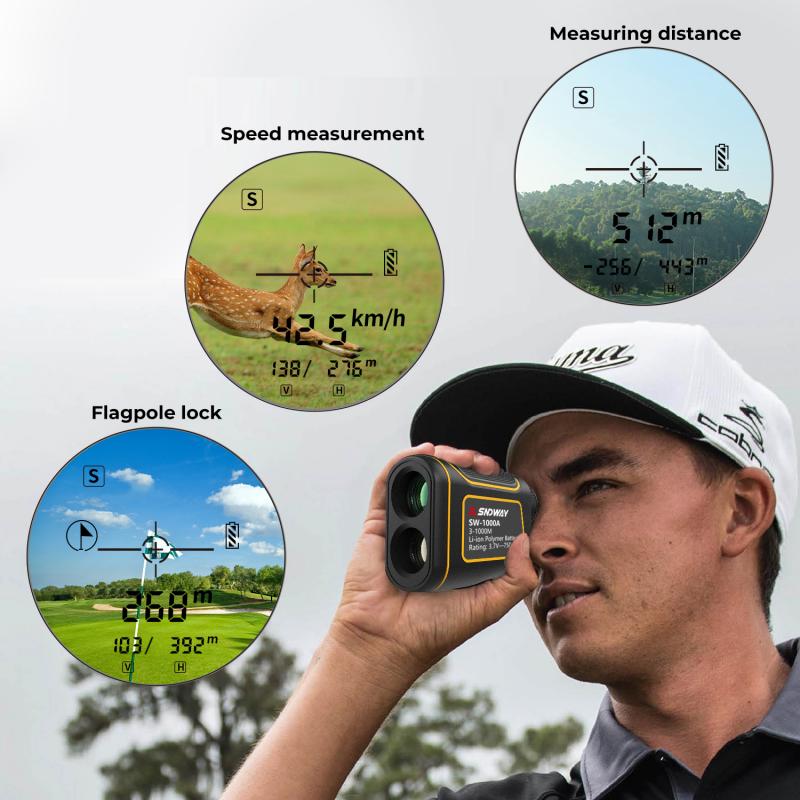
3、 Catadioptric telescopes: Understanding the benefits and drawbacks of catadioptric telescopes.
Catadioptric telescopes are a popular choice among amateur astronomers due to their unique design that combines both refracting and reflecting elements. This design offers several benefits and drawbacks that are important to consider when deciding which telescope to buy.
One of the main advantages of catadioptric telescopes is their compact size. The combination of lenses and mirrors allows for a more compact and portable design compared to other types of telescopes. This makes them easier to transport and set up, which is especially beneficial for those who want to take their telescope to different locations for stargazing.
Another advantage is their versatility. Catadioptric telescopes typically have a wide range of focal lengths, allowing for both wide-field and high-magnification views. This versatility makes them suitable for observing a variety of celestial objects, from the moon and planets to deep-sky objects like galaxies and nebulae.
Additionally, catadioptric telescopes often have a longer focal length compared to refracting telescopes of similar aperture. This results in higher magnification capabilities and better image quality, especially for planetary observations.
However, there are also some drawbacks to consider. One of the main drawbacks is the higher cost compared to other types of telescopes. The complex design and combination of lenses and mirrors make catadioptric telescopes more expensive to manufacture.
Another drawback is the potential for image obstruction caused by the secondary mirror. This obstruction can result in reduced contrast and image brightness, particularly for larger apertures. However, modern catadioptric telescopes often have designs that minimize this issue, resulting in improved image quality.
In conclusion, catadioptric telescopes offer a compact and versatile option for amateur astronomers. Their unique design combines the benefits of refracting and reflecting telescopes, providing a wide range of focal lengths and high-quality images. However, they can be more expensive and may have some image obstruction issues. Ultimately, the best telescope to buy depends on your specific needs, budget, and observing preferences.
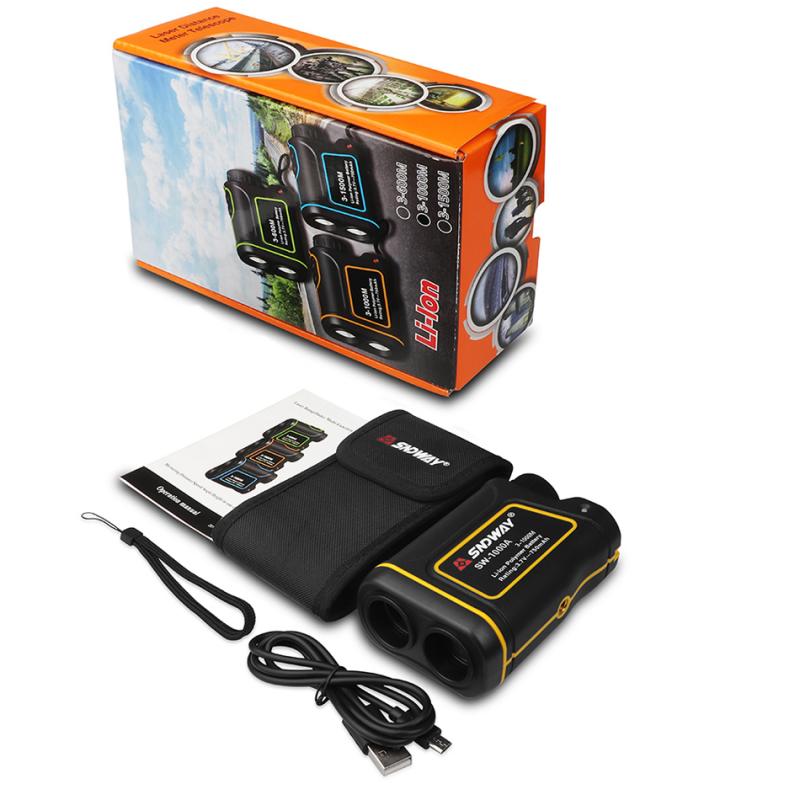
4、 Aperture size: How to choose the right telescope based on aperture.
Aperture size is one of the most important factors to consider when choosing a telescope. The aperture refers to the diameter of the telescope's main optical component, which is typically the objective lens or primary mirror. It determines the amount of light the telescope can gather and therefore directly affects the telescope's ability to resolve fine details and gather faint objects.
In general, larger aperture telescopes are better for observing faint objects and providing more detailed views of celestial bodies. They can gather more light, resulting in brighter and sharper images. However, larger aperture telescopes are also bulkier, heavier, and more expensive.
The choice of aperture size depends on your observing goals, budget, and portability preferences. If you are primarily interested in observing the Moon, planets, and brighter deep-sky objects like star clusters and nebulae, a telescope with a smaller aperture (around 4-6 inches) can provide satisfying views. These telescopes are often more affordable and easier to transport.
On the other hand, if you have a keen interest in observing faint galaxies, distant nebulae, and resolving fine details on planets, a larger aperture telescope (8 inches or more) would be more suitable. These telescopes excel in capturing more light and revealing intricate features in celestial objects.
It's worth noting that technological advancements have made smaller aperture telescopes more capable than ever before. With the advent of computerized mounts, improved optics, and image processing techniques, even smaller telescopes can provide impressive views of the night sky.
Ultimately, the choice of aperture size should be based on your specific observing interests, budget, and practical considerations. It's always a good idea to consult with experienced astronomers, visit local astronomy clubs, or read reviews to gather insights and make an informed decision.







